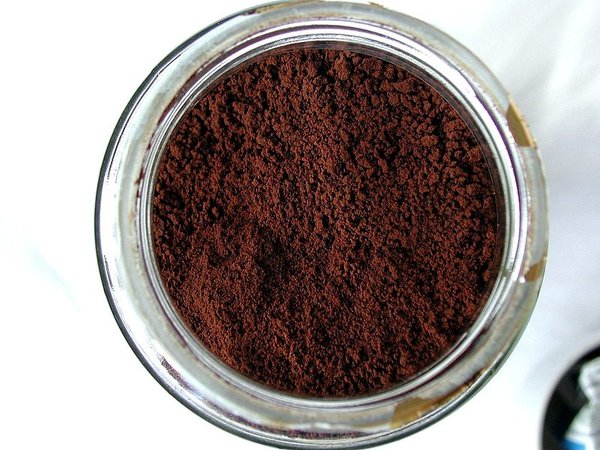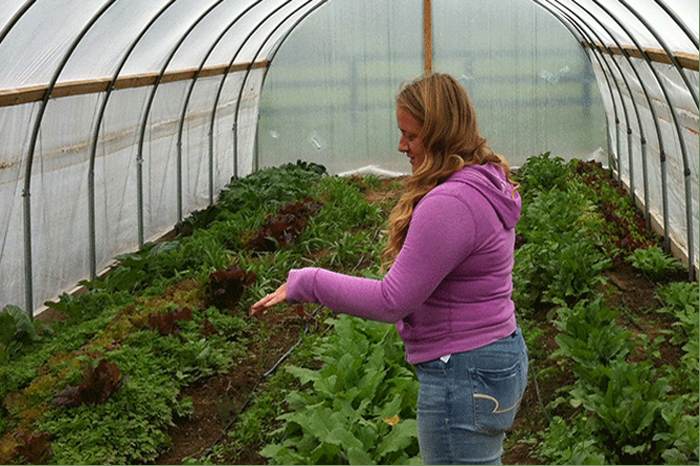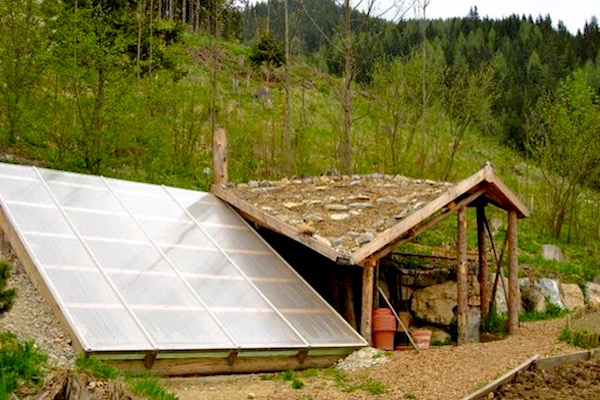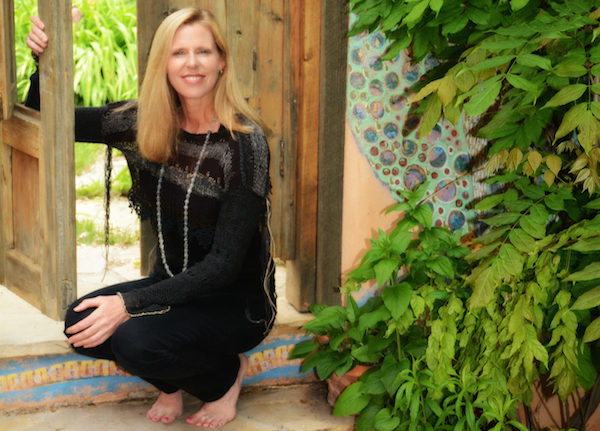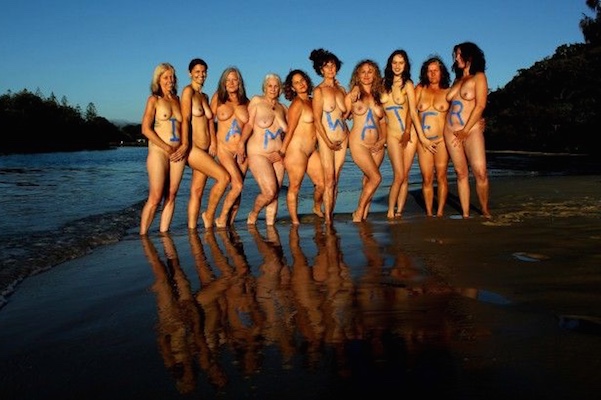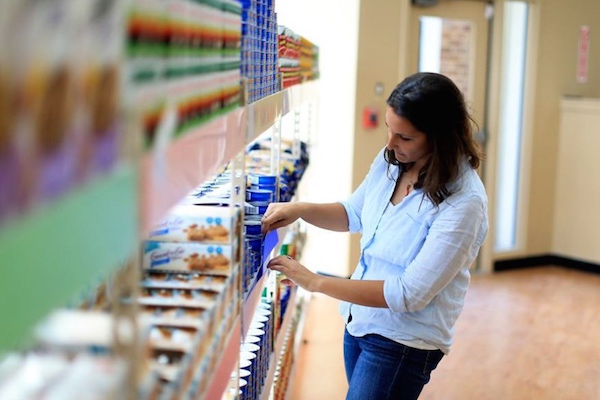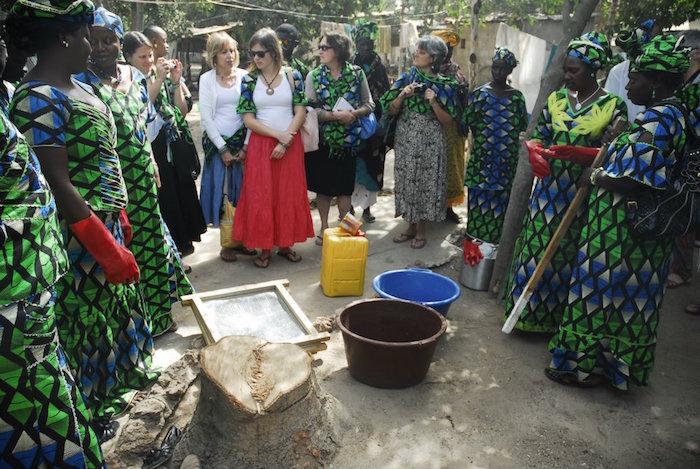If you’ve tried random tips to minimize your energy use at home and are wondering why it hasn’t affected your electricity bill, not even one bit, your efforts may not be enough. Although there are a lot of cost-saving tips to follow that effectively conserve energy, you might be missing ONE thing. Here is an infographic about how to save money and conserve energy at home.
Continue reading... →Our caffeine addiction means that more than 25 million tonnes of grounds are produced every year. Most of that is chucked in the trash bin and sent to landfill or for incineration, increasing both waste and greenhouse gas emissions. Here are some brilliant (and not-so-brilliant) ideas for reusing those gunky grounds.
Continue reading... →New Year’s health resolutions don’t need to be overwhelming, here are 50 small steps towards a healthier 2016. Choose to be happy, rather than right. Don’t talk about your body like it is a war zone. Your words create your reality. Make peace with food. Live for questions, not answers. Try using a wakeup light instead of an alarm clock. Add grassfed collagen to your soups, smoothies and sauces. Incorporate the practice of Ayurvedic Tongue Scraping for oral health. Switch packaged protein bars for a healthier homemade option. Learn to make kale delicious. Ditch the melatonin habit. Do a facial lymph massage. It provides gentle drainage to help relieve sinus pressure and fluid build-up. Have a desk job? Switch to a standing desk. Do a mouse-arm stretch to relieve tension if you use a computer all day. Eat a raw carrot daily for better hormones. Feeling stressed? Bust out 4-7-8 breathing. Dry brush your body before showering for softer skin and detoxification. Eat more ghee. Detox your bedroom. Roll the bottom of your feet over a golf ball. It is a powerful massage and activates numerous reflexology points. Switch to non-toxic makeup. Do the twist… any yoga twist! Any twist position (siting or standing twists) give a massage to […]
Continue reading... →This $300 DIY underground greenhouse is ideal for gardening in colder climates by collecting the sun’s rays and earth’s heat to grow food year round. From vertical farms to solar-powered “farms from a box,” we’ve seen how farming technology has grown leaps and bounds in recent years. But for those who prefer something a little more rustic, growing food from a hole in the ground is as low-tech as you can get. A walipini, meaning “place of warmth” from the Amaraya Indian language, is an underground greenhouse with a transparent (usually plastic) covering that stays warm by passively soaking up the sun’s heat and absorbing the earth’s thermal energy. Fruits and vegetables can be grown year-round, making it ideal for communities in colder locations that can’t usually grow their own fresh and local produce during certain parts of the year. The farming method isn’t exactly new. Walipinis have been used in South and Central America for decades, including one that can grow bananas at 14,000 feet in the Andes. The technique was notably adopted by The Benson Institute, a worldwide food security program of the Mormon church. According to The Plaid Zebra, the Benson Institute and its team of volunteers built a community-sized 74-feet-by-20-feet walipini […]
Continue reading... →A group of north coast women have put their bodies on the line, literally, in an effort to stop councils and government authorities spraying glyphosate in their weed reduction activities. Glyphosate, which was invented and is widely marketed by multinational chemical company Monsanto under the name Roundup, was named a ‘probable carcinogen’ by the World Health Organisation in March this year. This action, together with the forthcoming trial of Monsanto at the International Court of Justice next year has prompted the women to take a stand. With ‘I am water’ written on their bodies, the women are bringing attention to the protection of the essential resource from ongoing pollution with herbicides in the region. ‘Our bodies are made of water and we are one and the same as the environment. If we pollute the water with pesticides, we pollute ourselves,’ said Nadia de Sousa Pietramale, local bush regenerator and coordinator of Byron Shire Chemical Free Landcare. ‘While Monsanto will go on trial for crimes against humanity and nature, in Byron shire, glyphosate, a product developed by the company and an active ingredient of many herbicides, is still being poured into the environment where it ends up in our local rivers […]
Continue reading... →An initiative in Gambia is empowering women and reducing hazardous waste at the same time. The Waste Innovation Center, launched in August and initially funded by the European Union’s Global Climate Change Alliance, shows women in the Brikama area how to recycle waste into useful materials and products, which they can then sell in local markets, news site AllAfrica.com reported. Wood-like waste is recycled into charcoal, for example, which can be used as an alternative to firewood and decrease deforestation. Food waste is recycled into compost to function as environmentally friendly fertilizers and plastic is turned into everything from paving slabs and gutters to local sanitary toilet holes. Supported by Waste Aid UK and the Gambia Women’s Initiative, among others, the project provides women with skills they can use to become self-sufficient entrepreneurs. Women learning at the center come from five communities, and some of them travel as far as 12 miles to learn these skills that will provide them with an income, according to the Guardian. Isatou Ceesay, who now leads GWI, highlighted the need to focus on economic equality in her country, telling the Guardian, “In terms of education, [women] are the ones who are always behind. Boys are chosen to go […]
Continue reading... →

